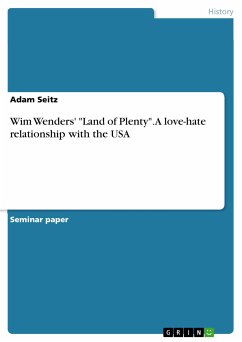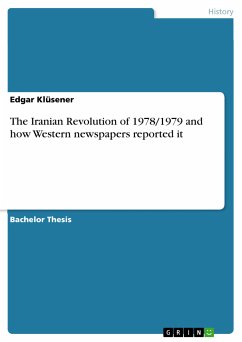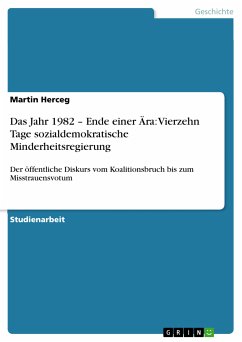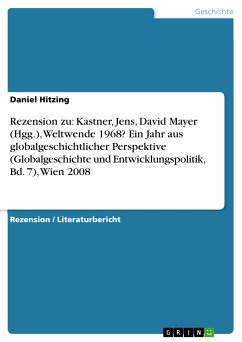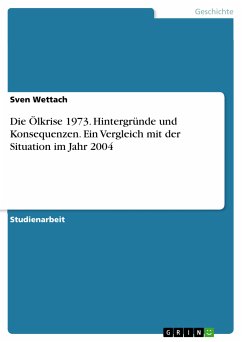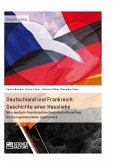Seminar paper from the year 2008 in the subject History of Europe - Newer History, European Unification, grade: 2,0, University of California, Berkeley (Department of History), course: U.S. Cultural and Intellectual History: Global Contexts, language: English, abstract: Wim Wenders'
ambiguity,
the
love‐hate
relationship
with
the
United
States
was
the
main
force
behind
the
production
of
“Land
of
Plenty”
(2004).
It
was
shot
within
three
weeks
with
a
small
digital
amateur
camera,
and
only
because
the
production
of
his
next
film
“Don’t
come
knocking”
(2005)
got
delayed.
The
entire
production
of
the
movie
took
not more
than
six
weeks.
Without
a
doubt,
it
is
Wenders’
most
political
film
so
far.
As
a
Christian,
one
(or,
as
he
stated
once,
even
his
initial)
idea
for
the
film
was
“to
set
a
radically
contrary
idea
of
being
Christian
against
the
fundamentalist
Christendom”
of
the
Bush
administration.
His
ambition
was
to
“fight
against
the
treason
[on
democracy
and
freedom
and]
on
all
what
is
left
of
my
childhood
myth.” As
stated
in
the
press
release
for “Land
of
Plenty”,
it
is
a
“film
about
the
country
he
has
been
concerned
with
for
many
years
and
which
he
loves”,
a
“very
personal”
and
“sanguine
film
about
those
who
still
stand
for
this
country’s
possibilities
[…],
a
political
essay.” Typical
for
his
artistic
approach,
Wenders
did
not
want
to
make
an
“angry”
film, but
one
that
could
contribute
to
“healing”;
a
profound
difference
to
films by Michael
Moore,
a
name
often
dropped
in
Germany
in
the
context
of
“Land
of
Plenty”.
Wenders,
as
he
stated
himself,
wanted
to
explore
the
same
territory
as
Moore,
but,
of
course,
in
his
very
own
way.
In
direct
comparison
to
Moore
, the
Süddeutsche
Zeitung,
for
example,
grants
Wenders
“more
complex,
sadly
beautiful,
inconceivable
images” and
an
overall
more
convincing
approach.
